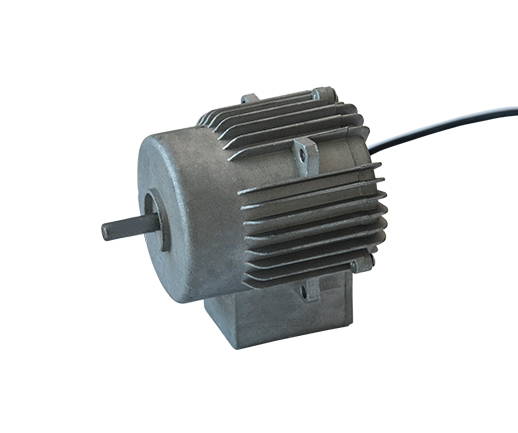Definition of armature In electrical engineering, the a […]
Definition of armature
In electrical engineering, the armature is the component of a motor that carries alternating current. Just like in brushless DC motors, the armature windings can even AC current on DC motors, either due to the action of the commutator (periodically reversing the direction of the current flow) or due to electronic commutation. Depending on the type of motor, the armature can be on the rotor (rotating part) or the stator (stationary part).
The armature windings interact with the magnetic field (magnetic flux) in the air gap; the magnetic field is produced by permanent magnets or electromagnets formed from conductive coils.
The armature has to carry the current, so the armature is always a conductor or conductive coil, oriented perpendicular to the magnetic field, and perpendicular to the direction of motion, torque (rotary motors) or force (linear motors). The role of the armature is twofold. The first method is to transmit an electric current throughout the magnetic field, thereby producing shaft torque in a rotary motor or force in a linear motor. The second role is to generate electromotive force (EMF).
In the armature, an electromotive force is generated by the relative movement of the armature and the magnetic field. When a machine or motor is used as a motor, this EMF opposes the armature current and the armature converts electrical energy in the form of torque into mechanical energy, which is transmitted through the shaft. When the motor is used as a generator, the armature EMF drives the armature current and the movement of the shaft is converted into electrical energy. In an induction generator, the power produced is drawn from the stator.
Armature Response of DC cooler motors
In a DC motor, there are two sources of magnetic flux: armature flux and main field flux. The effect of the armature flux on the main magnetic field flux is called the "armature reaction". The armature reaction changes the distribution of the magnetic field, which affects the operation of the motor. The effect of armature flux can be counteracted by adding a compensation winding on the main pole, or in some machines by adding an intermediate pole in the armature circuit.

winding circuit
In a "lapped" winding, there are as many current paths between the brush (or wire) connections as there are poles in the field winding. In a "wave" winding, there are only two paths, and the number of coils in series is half the number of poles. Therefore, for a given machine rating, wave windings are more suitable for high currents and low voltages.